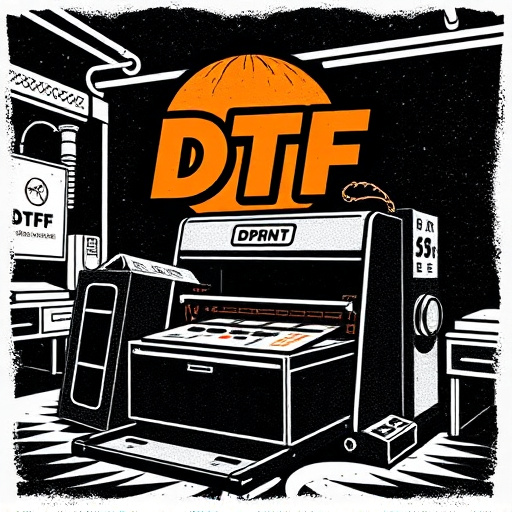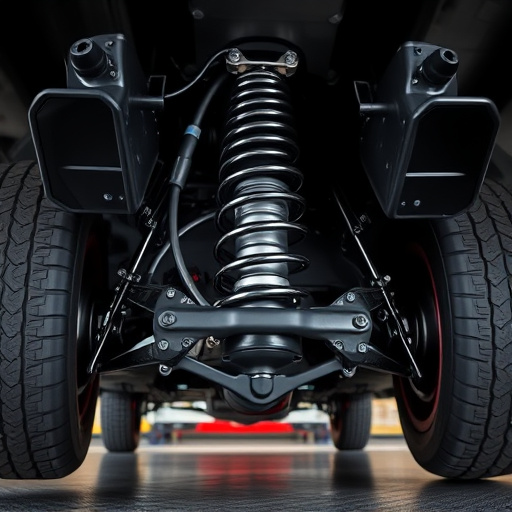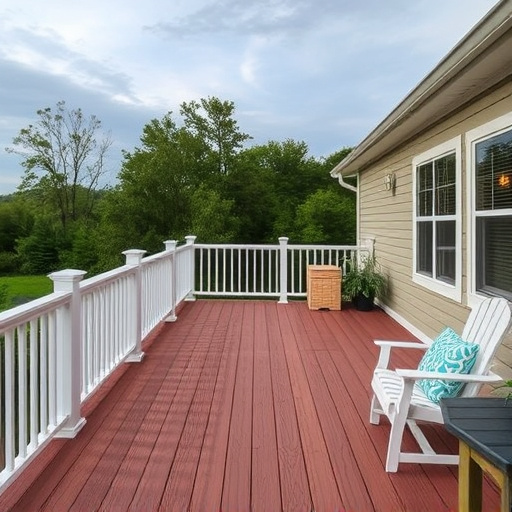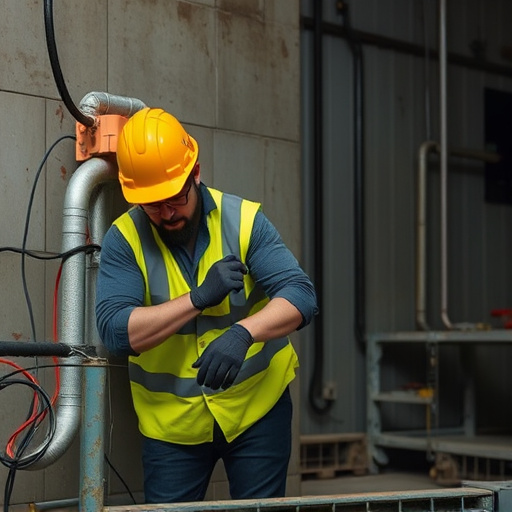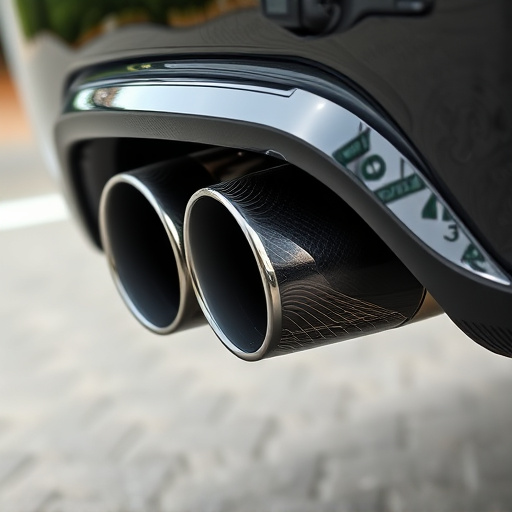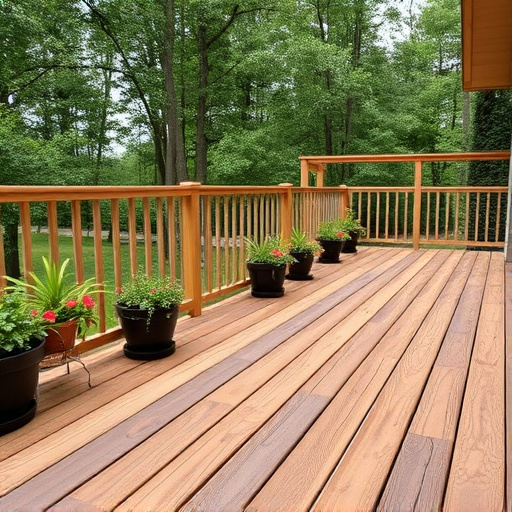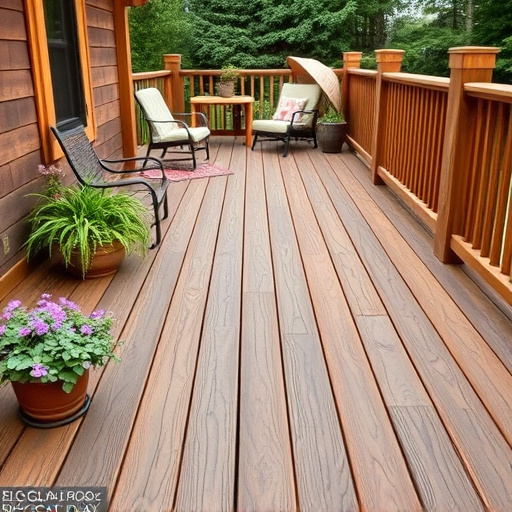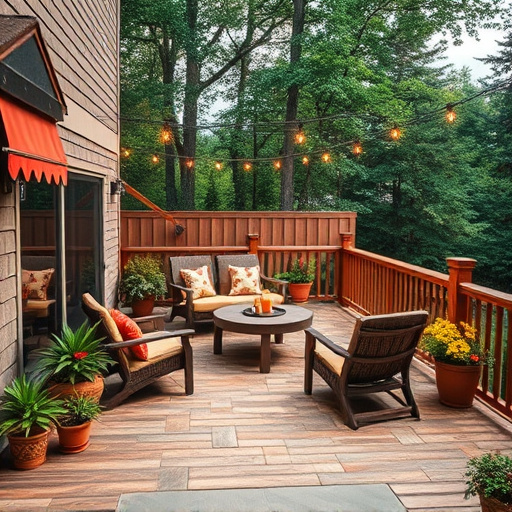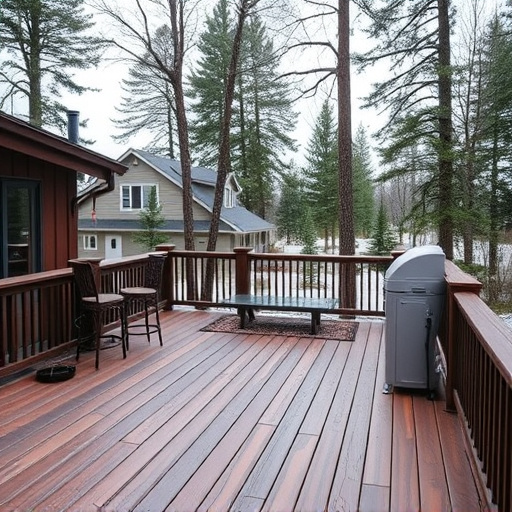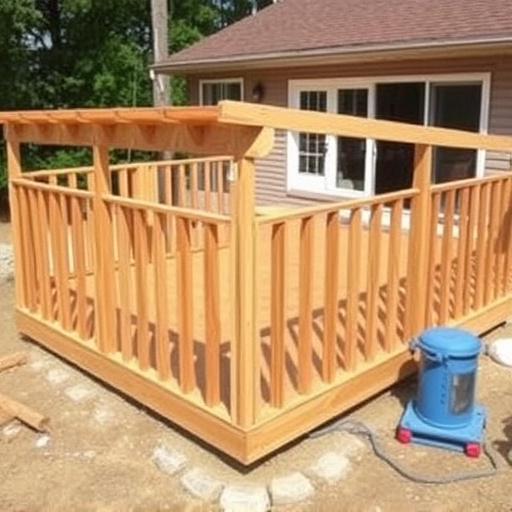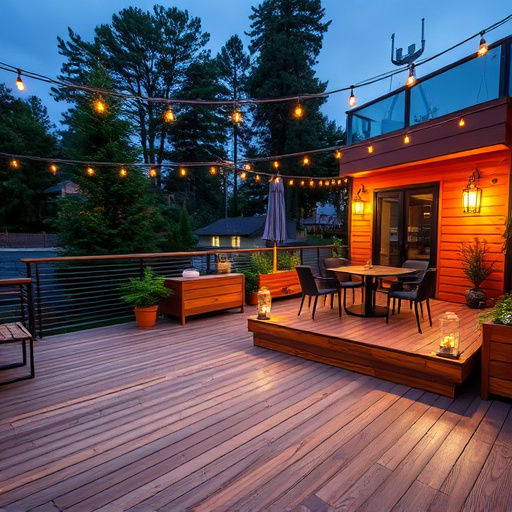Deck boards, crucial for decking structures, exhibit diverse vulnerabilities depending on material (wood, composite, PVC). Regular inspections are essential to identify issues such as rot, cupping, and splitting in wood, warping or delamination in composites, and cracking in PVC. Commercial projects require heightened inspection due to larger scales and structural integrity considerations. Timely damage addressing enhances aesthetics and decking longevity for residential and commercial properties, with material understanding guiding targeted inspections and informed selection of roofing consulting services.
Regularly inspecting your deck boards is essential for maintaining a safe and aesthetically pleasing outdoor space. This guide will walk you through understanding common deck board materials and potential damage types, including rot, splits, warping, and cupping. Learn effective inspection procedures to catch issues early, ensuring optimal deck maintenance. Discover repair and replacement strategies, from DIY tips for minor damages to knowing when professional help is needed, empowering you to keep your deck’s boards in top condition.
- Understanding Deck Board Material and Common Damage Types
- – Identifying materials used in deck boards
- – Common issues like rot, splits, warping, and cupping
Understanding Deck Board Material and Common Damage Types
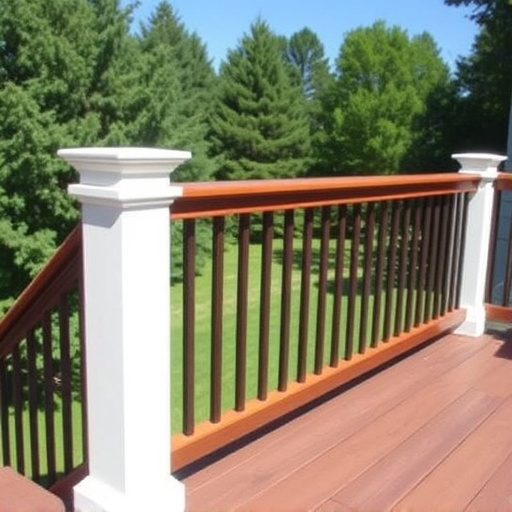
Deck boards, a crucial component in outdoor decking, come in various materials like wood, composite, or PVC. Each material has its unique properties and potential damage points. Understanding these differences is key to effective inspection. Wood deck boards, for instance, may suffer from rot, cupping, or splitting due to moisture exposure. Composite boards can warping or delaminating over time, while PVC remains resistant to rot but can crack under extreme conditions.
Regular inspections should focus on identifying signs of these damages. Check for loose or missing boards, visible rot or mold, and any warping or deformity. In commercial roofing and siding installation projects, deck board inspection becomes even more critical due to the larger scale and potential impact on structural integrity. Promptly addressing damage not only enhances the aesthetics but also ensures the longevity of your decking system, whether it’s for residential or commercial properties.
– Identifying materials used in deck boards
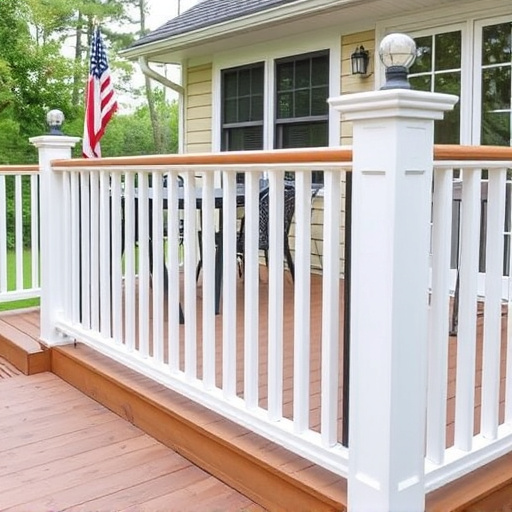
When inspecting deck boards for damage, it’s crucial to start by identifying the materials used. Traditional deck boards are often made from wood, such as cedar or pressure-treated pine. These natural materials offer excellent durability and aesthetic appeal but require regular maintenance. Over time, exposure to elements like sunlight, rain, snow, and extreme temperatures can lead to degradation, warping, or splintering.
Understanding the composition of your deck boards is essential for effective storm damage repair. For example, if you have composite decking, it’s made from a mix of wood fibers and plastic, which offers benefits like low maintenance and resistance to rot. Conversely, concrete deck boards provide exceptional strength and durability but may require specialized roofing solutions for repairs. Knowing the material allows you to tailor your inspection and choose appropriate roofing consulting services when needed.
– Common issues like rot, splits, warping, and cupping
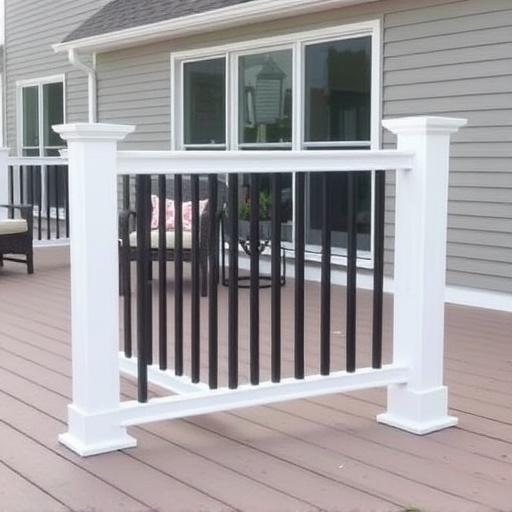
Deck boards, a crucial component of any outdoor decking system, are susceptible to various damage types over time, especially when exposed to the elements. Regular inspection is vital to maintain the integrity and aesthetics of your deck. Common issues that homeowners often encounter include rot, which can start as subtle discolored spots and progress to weakened board structure; splits, typically caused by drastic temperature changes or poor installation; warping, resulting from moisture absorption and UV exposure; and cupping, where boards lift at the edges due to uneven moisture distribution.
Identifying these issues early on is essential for preventing further damage and ensuring the longevity of your deck. If you notice any signs of rot or warping, consider seeking professional roofing solutions or siding repairs to address the problem effectively. Regular maintenance checks can save you from costly replacements down the line, keeping your outdoor space looking its best.
Regular inspection of your deck boards is vital for maintaining a safe and aesthetically pleasing outdoor space. By understanding common damage types and materials used, you can proactively identify issues like rot, splits, warping, or cupping. Armed with this knowledge, you’ll be better equipped to preserve the integrity of your deck boards, ensuring a longer lifespan and preserving the investment in your outdoor living area.
